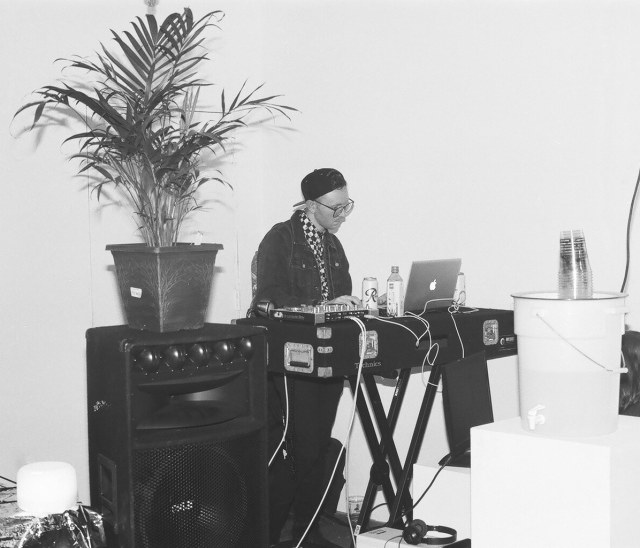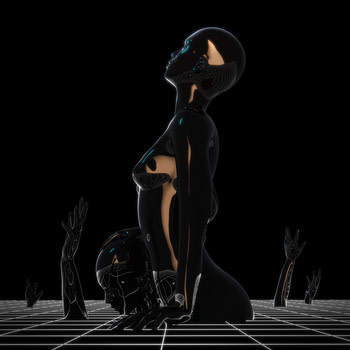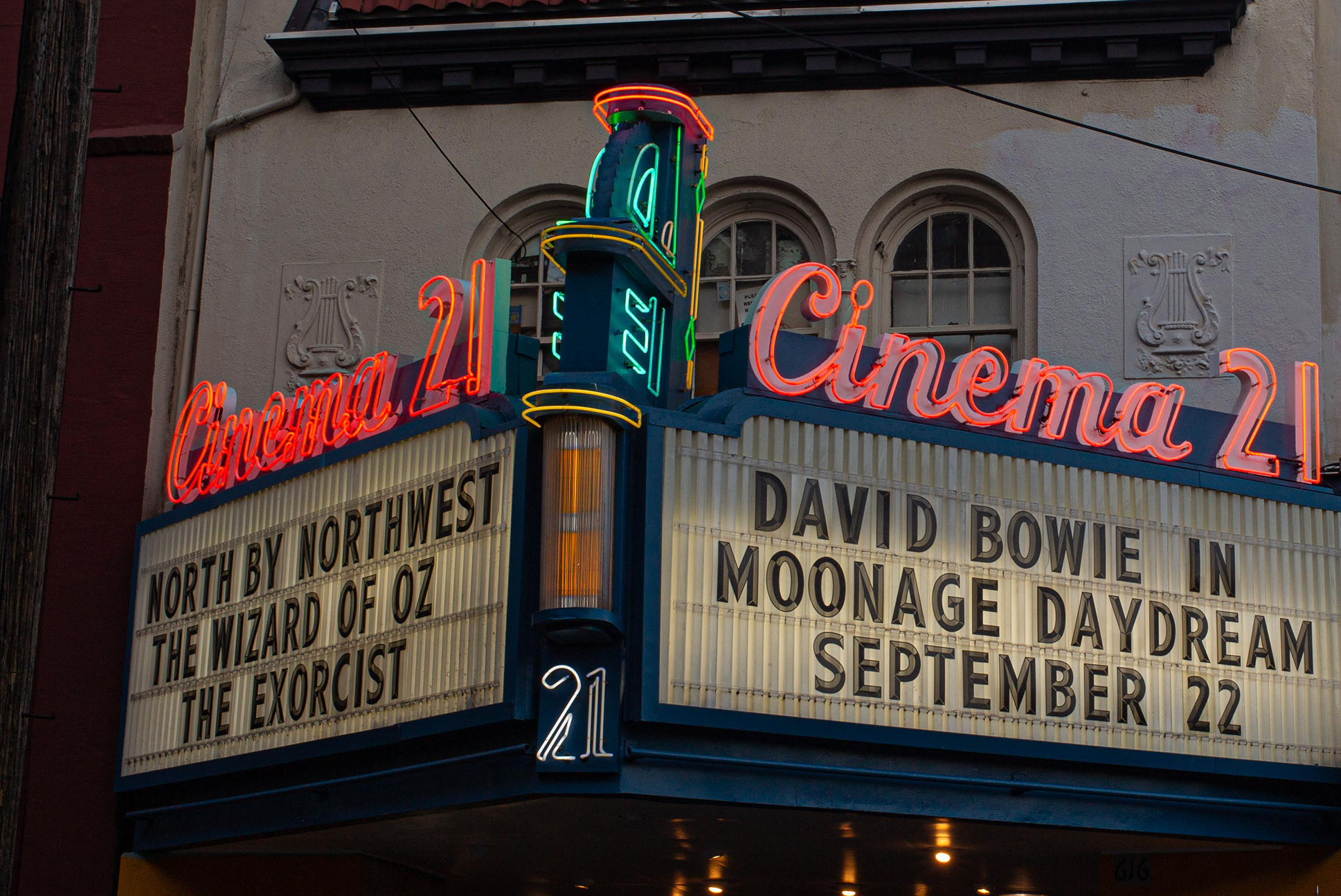The Alluring Electronics of Magic Fades

Jeremy Scott and Mike Grabarek of Magic Fades Photo: Anna Gleek
When it comes to the indie city of Portland, there’s not much in the way of R&B. And for synth-minded electro-based R&B, there’s even less. Some find the absence discouraging, but for the duo behind Magic Fades, it’s encouraging—auspicious, even.
“We’re lucky because, even though there’s hardly anyone in our pool, we’re versatile in some of the right ways,” says Mike Grabarek, one half of Magic Fades. And one glance at their resume—opened for the TDE-affiliated SZA; collaborated with honeyed crooner Shy Girls; produced for local word slinger Stewart Villain; named one of Portland’s Best New Bands in Willamette Week's poll last May—proves his claim.
Electronic R&B would be the easy way to describe their sound, but the online community that Magic Fades’ music operates within reaches way behind R&B. It all comes back to an artist named Slow Head, Jeremy Scott tells me, and a “weird [now defunct] group of people on the Internet referred to as Dior Nights.” Slow Head, a Knoxville native, creates sonic collages, chopping up popular R&B, pop, and rap records to produce a completely new product.
Push Thru
Available November 25
Pre-Order $5
Magic Fades Record Release Concert
S1, 4148 NE Hancock St
Dec 6
Magic Fades aspires to use the same model, but instead of chopping up already released songs, they make their own lines and choruses using sweeping synth chords, astral keyboard effects, calculated drum loops, and often auto-tuned vocals, and then cut those up to create a song. “We’re basically trying to make stuff that sounds like pop music that’s been remixed in a darker context,” Grabarek explains, “but it never actually went through that process—this is the end result.”

Mike Grabarek performing at Recess Art Gallery Photo: Warren Mattox
Their sophomore album, Push Thru, comes out today, and they play a release show at the contemporary art and music space S1 on December 6. The three singles released in advance are evidence of their versatility—the sad-boy synth-pop track “Stressin;” the smooth and lustful “Eye 2 Eye;” and the bouncy, Jersey club-indebted “IDGAFAM.”
With full-time jobs, the two focus on their music as a creative outlet—a hobby, really—with no pretense that it will ever make them a living. “Everybody knows that you’re not going to make any money right now; it’s just not possible,” Grabarek says flatly. Nonetheless, their pragmatic approach has gone well for the duo over the last two years. Their 2013 release Obsessions was sponsored by Brooklyn-based streetwear-brand-turned-Internet-music-promoter Mishka. Push Thru is aligned with Vancouver electronica label 1080p. And the duo has also been embraced by assorted net subcultures like Witch House, Vaporwave, and Chillwave.

The cover of Magic Fades' new album Push Thru
While it might be frustrating bouncing between genres, it’s also flattering—a testament to their far-reaching sound. But even within a very synthetic sound, Scott and Grabarek maintain a strong emphasis on songwriting. Every idea starts with a piano, pen, and paper. It’s about “working out every single word and every note to be just what we want before we even start any recording,” says Grabarek. Without that raw base layer, everything else would be flat.
There’s also a glossy emotional urgency in Magic Fades’ sound that augments the truly human element. It’s a feeling also represented by much of the net art that’s featured on their Tumblr page—smooth, clean, Second Life imagery. They post bionic, mannequin-like figures that appear to have emotions, kissing each other or crying. Take Push Thru’s album art: a sleek, naked female figure breaking out of an animated grid. It’s dark, cold, and artificial, but also rooted in a sense of desire, as the hands push down and the figure stands tall. It’s the marriage between computer-based electronics and honest, intrinsic emotion that Magic Fades strives to achieve.




